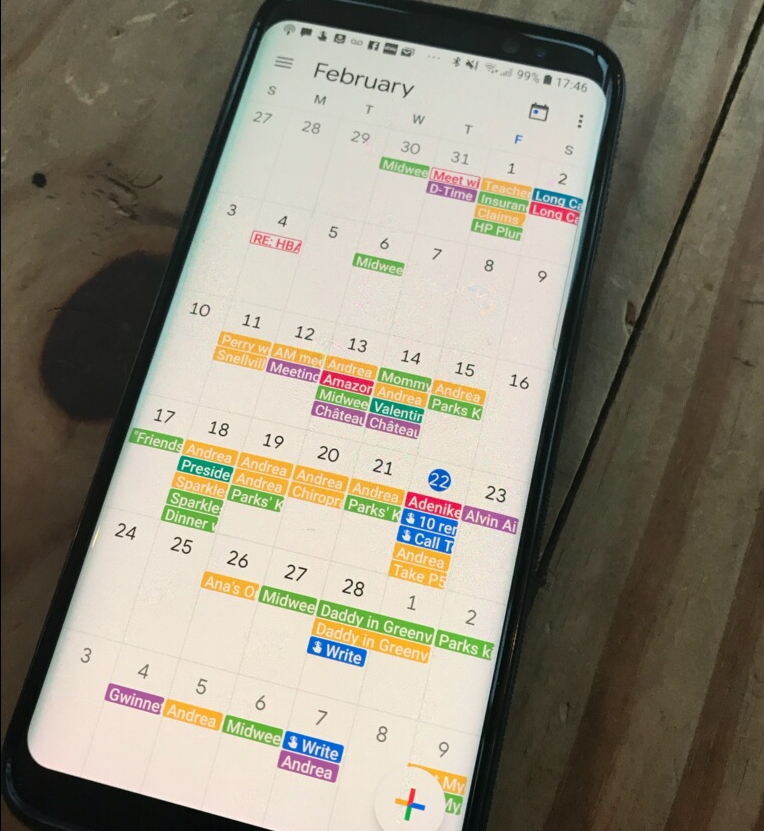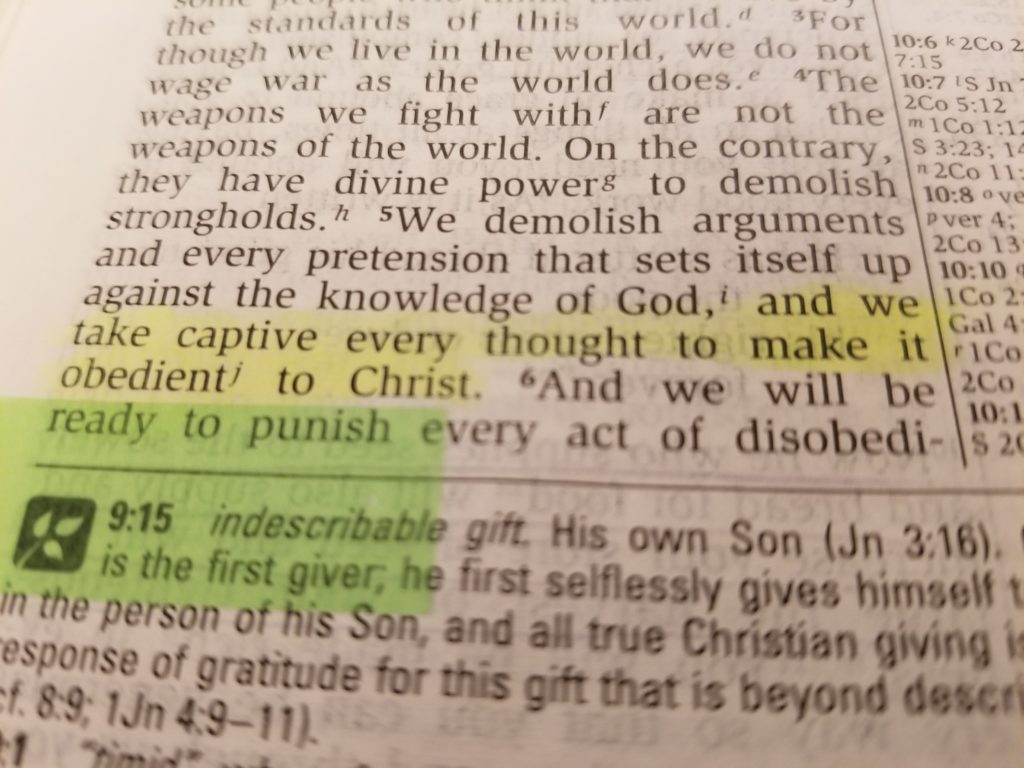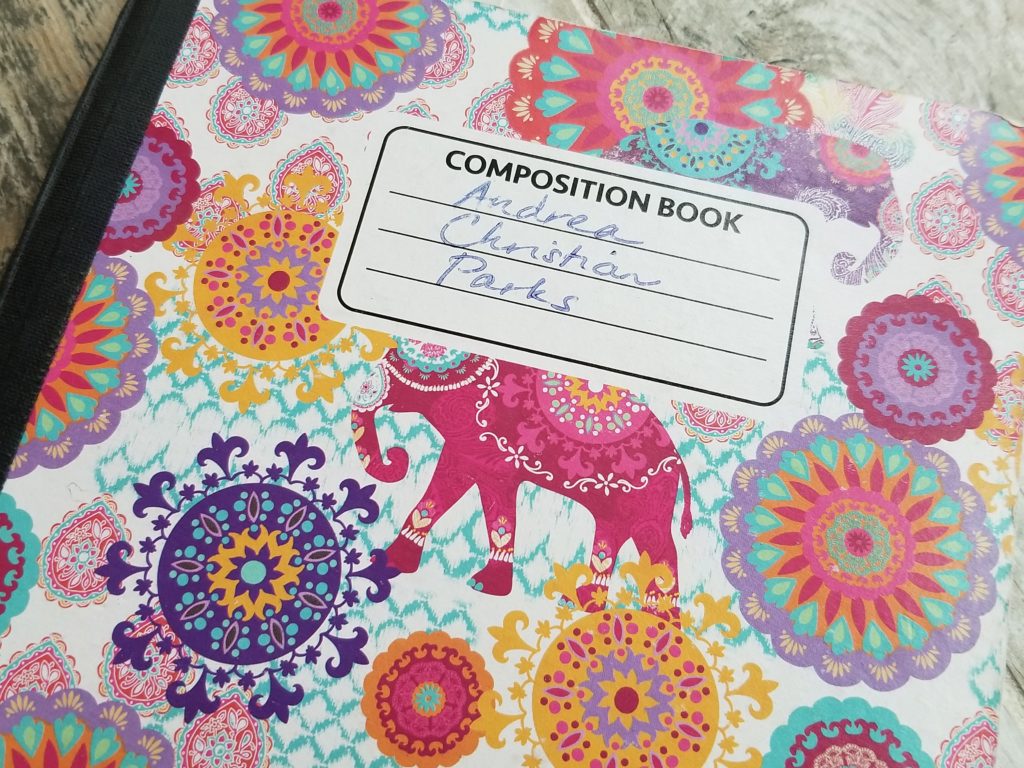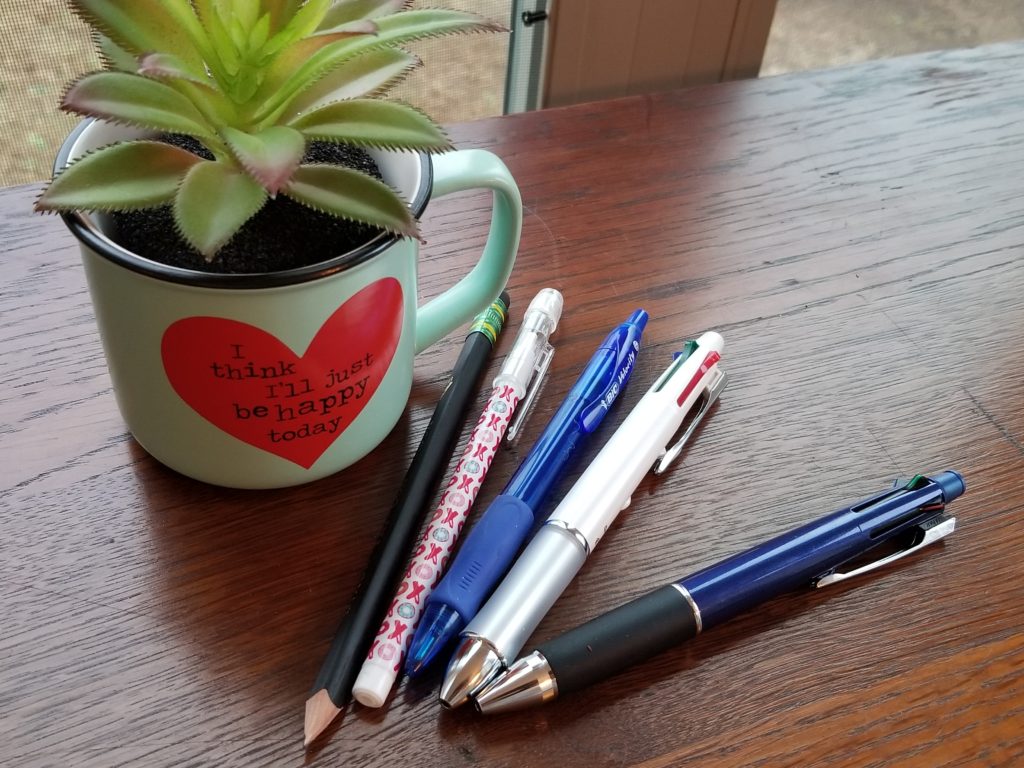This week has been nonstop action. I almost didn’t write this week. The interesting thing is that hardest part of it has been how I’m thinking about it. Let me catch you up.
I’ve had plans for every night this week. When you add that kind of activity to a busy work week, for me that feels like too much. We had people over for dinner Monday, I visited a public speaking club on Tuesday, we hosted our family group from church on Wednesday, the last girl’s hair was done on Thursday, a friend is having her birthday celebration Friday, and we get to go to a show on Saturday. I also had two days at the hospital this week, which means extra early mornings and fighting that Atlanta traffic (which by itself wears me out!). So needless to say, I’m spread a little thin.

Just the home schedule. Work is another deal!
This is where I stand at a crossroads: Do I think about how hard this week has been, how tired I am, how much I want to have a little breathing room, how frustrated I am not to have more free time to write and create? Do I spend time flogging myself for scheduling all these things in one week, telling myself that I brought this pace to the party? Am I going to sit in frustration that the course and book I’m writing hasn’t been touched this week? Or, do I remember that I added the last minute dinner to be able to let my son spend time with a friend that we wanted to get to know better? Maybe I remember that even though I didn’t leave the hospital early enough to get in front of traffic, the commute was unusually easy and I got a 40 minute nap when I got home. It’s possible that I choose feeling grateful that I got all three girl’s hair done this week (four if you count my own!), made two homemade dinners, encouraged eleven people with my time and energy, and had plenty of time to think on my commutes. It’s all in how I think about it.
Ok, that might sound too Pollyanna for you. Or maybe you want to choose the second way of thinking but it just doesn’t seem to work out that way. For me, the first way of thinking is the most natural. It’s where my brain goes when I want things to be different than they are. I start thinking of all the ways things aren’t the way I think they should be, and that spirals into why I’ll never get to where I’m supposed to be in my life because work/kids/people keep getting in my way. Of course, then I resent work/kids/people and am short tempered and complaining. That doesn’t feel right at all. Actually, it feels terrible. If our thoughts produce feelings, which produce our actions, which produce our results, then to change results we need to start with thinking differently. Can you really just start thinking new thoughts?
I’m learning to retrain my brain to think differently. You can do this too! It’s an amazing ability we have, to reorder the connections in the brain to function in a healthier way. It’s not easy or automatic (the default is what you’ve been teaching your brain to do up to now), but it can be done. It starts with knowing that you can. I believe it’s possible because I don’t think God would ask us to “take every thought captive and make it obedient to Christ” (2 Cor 10:5) if it wasn’t. But how?

It all starts with recognizing what we are thinking. Since we have tens of thousands of thoughts a day, most of them go unrecognized. They are however, influencing our actions and interactions, whether we are aware of them or not. The first tool you can use is doing something called a thought dump. This is not journaling (though I think journaling has it’s own value – we’ll come back to it in another post). A thought dump is where you write (or type if you prefer) all the thoughts you can capture down in one place. It could be a composition notebook, an electronic device where you keep notes, or a locked diary – doesn’t matter. It just needs to be where you can jot down as much as you can as quickly as you can. It doesn’t need to be neat or organized or even full sentences – just legible to you. It’s useful to do this at night for five minutes before you go to bed. This helps you to unload your brain from all the activity swirling around in there (and can help with more restful sleep!).

Where I let my thoughts go…
Once you’ve started dumping all those thoughts onto paper (or e-format), what do you do with them? I find that just writing them down helps make space so I can think about more than all I have to get done. Once you’ve written down the thoughts/frustrations/wishes, you can look at them. It’s almost like having the thought outside of you in your hands – you can turn it around, look at it from different angles, decide if you want to keep it or let it go. You may decide that there’s another way to think about it all together.
You’re not going to get every thought you think written down in a thought dump. You will get some though, and the process of looking at them one by one can help you start the retraining process for your brain. Warning: This will not work if you don’t write them down in some format. The thoughts just rattle around in your head and go where your brain is used to putting them. It’s the magic of writing them down that gives you the space to evaluate the thoughts. Is this thought true? Do I like how I feel when I think this way? Is there another way to see this situation? You get to choose a new thought if the old one doesn’t serve you. I’ll share more on how to do this in the future. To start, begin with writing it all down.

Some of my favorite writing tools!
This is the beginning of retraining your brain. There’s certainly more we can do to manage our thought lives. Today, let’s get started with capturing our thoughts and looking at them more intentionally. It’s the start of a new way of experiencing the life we live!
How do you do with capturing your thoughts? Do you have special ways to slow down and retrain your thinking? Please share in the comments below!
